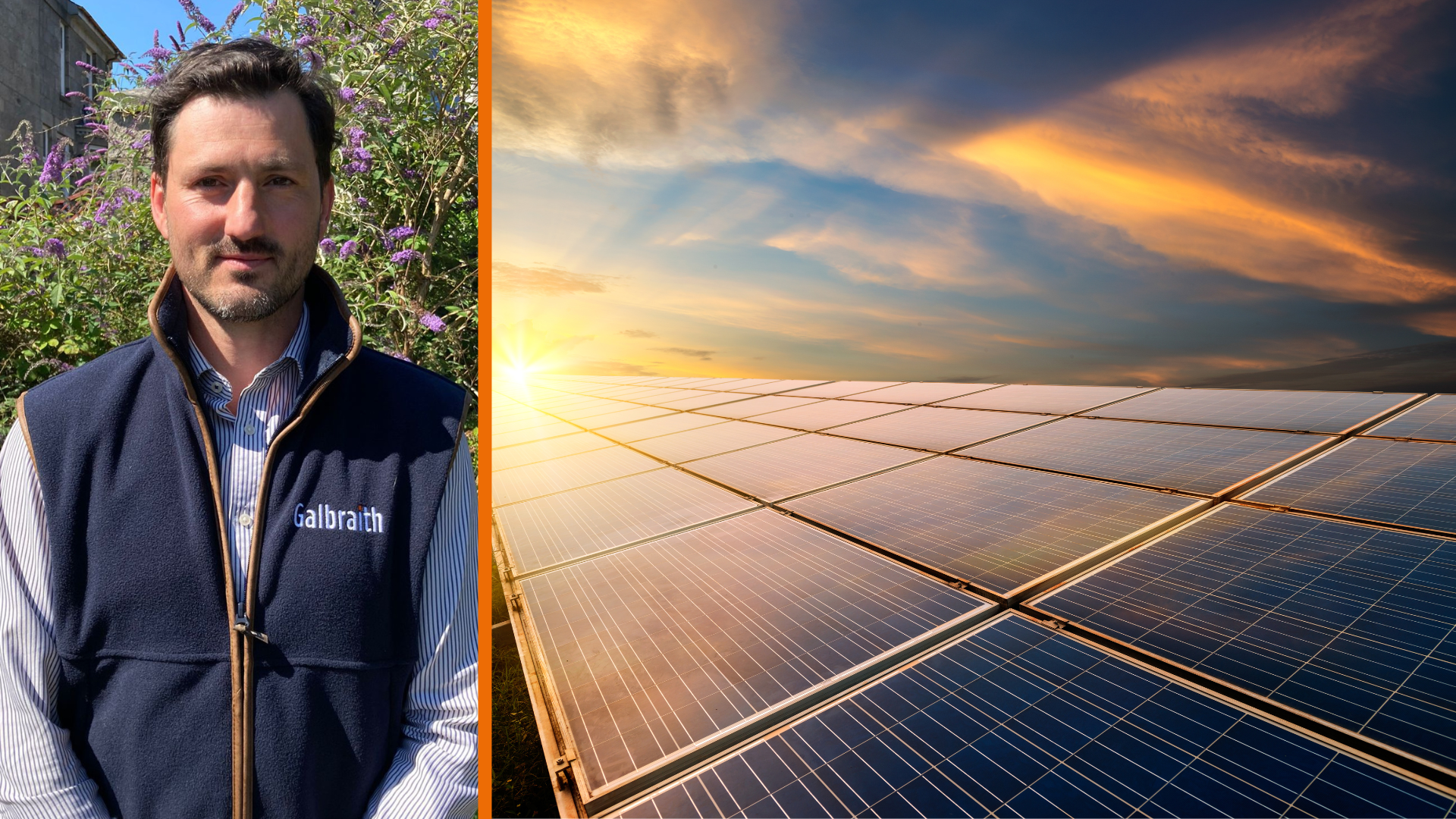In Scotland, this has been recognised in legislation and planning, most notably following the implementation of NPF4, which has a presumption in favour of such renewable energy subject to certain requirements.
As a result, developers have been seeking to secure sites from landowners which meet the criteria of their preferred primary energy development (e.g. wind or solar).
While appetite is at an all-time high for such projects, the availability of grid capacity and the cost of associated infrastructure means there is a strategic dilemma for developers to overcome.
As the sector has developed and matured the availability of prime sites has naturally dropped as they are built out and operated.
So new sites should maximise their potential.
With the grid increasingly constrained by capacity limits, developers are looking to the energy market in considering how best to maximise their returns, and are turning to technology to help. This has resulted in multiple technologies being promoted and located within a single site.
This is known as co-location, where multiple renewable generation or storage assets share a grid connection.
Using the same site can be cheaper as the assets are integrated from the outset. This also improves the returns for the scheme, meaning improved profitability.
A prime example of this is solar farms.
Until a few years ago, a developer would simply seek a suitable site where there was grid capacity and sufficient area with a suitable aspect to capture the sun to build out the solar farm. As a result of curtailment, where a generator may be prevented from exporting into the grid due to lack of demand and/or surplus of generation, this output is lost revenue.
By co-locating and introducing battery storage into the scheme, the developer now has the opportunity to store a proportion of the electricity generated in the batteries, where it may otherwise have been curtailed, to release into the grid at an optimal time at a greater value.
This provides two benefits – improved overall capacity of generated power as the equipment is not subject to curtailment, and the storage allows for a premium to be obtained for the otherwise lost generation.
Solar and battery co-location is now an expected element from developers seeking new sites. However, as the energy sector continues to grow, we are seeking approaches for other technologies also, such as hydrogen – which is another means of storing energy for future use.
It is therefore very important to understand the basis of any potential renewable energy development on your land, and consider what technology and assets are being deployed alongside the commercial basis of any agreement.
Different technology will also have different potential impacts on the use of the wider property.
As with all modern technology, the drive for improvements in efficiency, duration and cost means new and improved versions are developed and deployed.
As assets reach the end of their lifecycle, a developer will naturally look to improve their viability and profitability using the latest technology available, e.g. solar panels have become increasingly energy dense, so fewer panels can produce more power than their predecessors.
One additional benefit for developers is that where future capacity becomes available, it can be used by incorporating improvements in technology to maximise output, to take advantage of any additional capacity in the grid.
If the agreement is structured correctly, this should be to the mutual benefit of all parties.
To read the latest news and views from our experts in Energy Matters | Winter edition 2023/24

